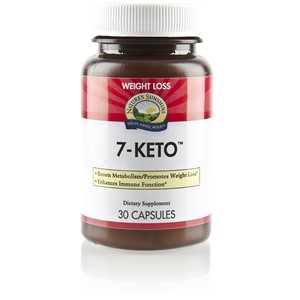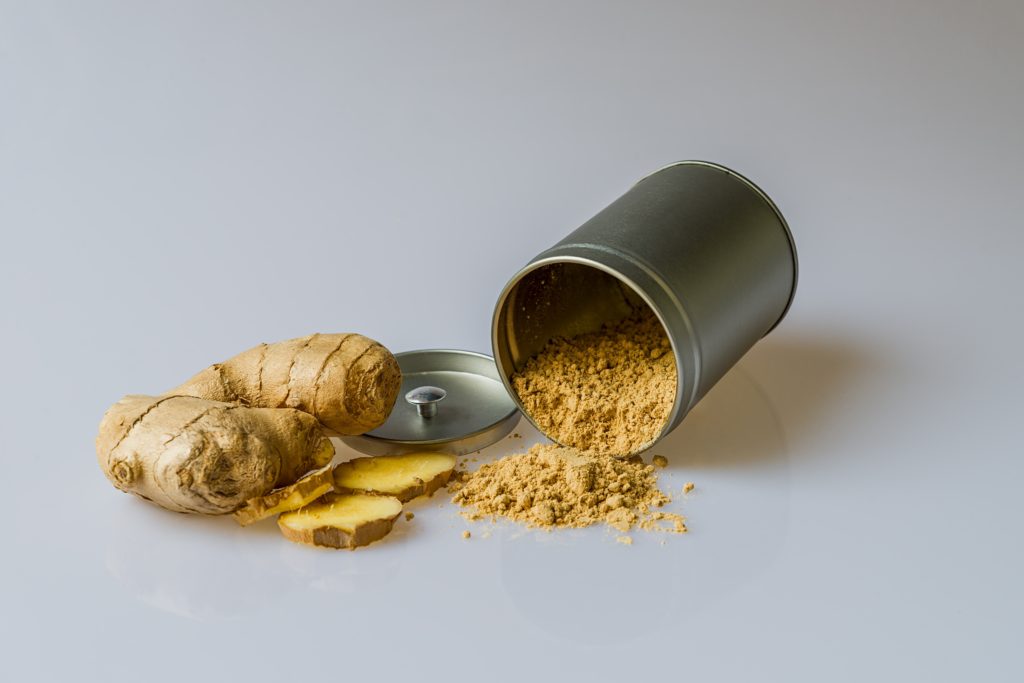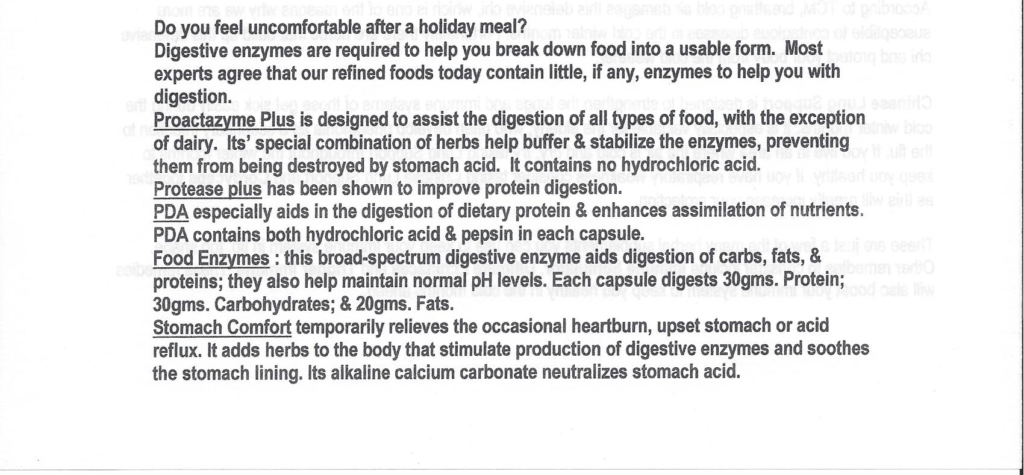Source: NSP’s Blog Site
What is the Hype About the Keto Diet and What Keto Foods Can I Eat?
First, it was the Atkins diet, then the Paleo diet, and now it’s all about the Keto diet plan. Many people who want to lose weight and improve their health are choosing the low-carb, high-fat ketogenic diet to induce ketosis and reap all of its accompanying health benefits.
But is this extremely popular program—adopted by millions of Americans—safe? Can it really improve heart health, support weight loss and live up to all of the claims? Let’s take a look.
What is the keto diet?
The first step of the keto diet plan is to limit a person’s daily carbohydrate intake to less than 5% of his/her total calories eaten. It further directs the dieter to get 15-25% of his/her calories from protein and about 75% from fat. (Some people refer to the keto diet as the no-bread diet or LCHF diet, meaning low-carb, high-fat diet.)
The keto dieter will practically eliminate most grains, fruit, sweets, legumes and even starchy vegetables and replace them with fat. People who lived through the 80s and 90s—when fat was only considered bad for you and sugar was added to non-fat foods to make them taste good—may need help adjusting to this new paradigm: eating fat actually helps the body burn fat.
How does ketogenesis work?
On the keto diet, the body burns ketones for fuel instead of glucose. Ketones are made of fat and produced in the liver normally when a person eats very few carbohydrates and moderate amounts of protein. Conceptually, ketosis encourages the body to switch its fuel supply from glucose to ketones and thereby burn fat all of the time. See, when a person’s carbohydrate intake is low, insulin levels drop, making it easier to burn fat stored in the body. And fat can also be utilized by the brain for fuel. Ketosis is a term for the metabolic state when the body produces ketones.
Both the Atkins and Paleo diets focus on eating adequate protein and lowering carbs, but only the keto diet limits carbs to just 5% of your total calories. This restriction greatly helps with fat burning, helps reduce hunger pangs, supports muscle and provides a steady supply of energy.
Simple Keto Meals
These simple keto meal suggestions should give you an idea of what you can eat on the keto diet plan.
Breakfast: Bacon & eggs. Avocado & cold cuts. Smoked salmon & olives.
Lunch & Dinner: Choose a meat (beef, fish, chicken, etc). Add a salad with full-fat dressing or a veggie dish with melted butter, cheese or sauce. Don’t skimp on the olive oil, mayo or other fat or spread.
Keto Food List
- Fish and seafood
- Meat
- Eggs
- Cheese
- Natural fats (olive oil, butter, etc.)
- Keto Vegetables (cabbage, avocado, asparagus, tomato, peppers, broccoli, squash, eggplant, Brussel sprouts)
- Water, tea, coffee, red wine
Foods to AVOID on a Keto Diet Plan
- Pastries
- Breads
- Cereals
- Candy or any sugary food
- Soda/Juice
- Pasta
- Fruit
- Rice
- Alcohol
How long does it take to achieve ketosis?
Ketosis can begin in as little as 3 or 4 days for healthy people who are not diabetic or pregnant. As long as you are eating less than 50 grams of net carbohydrates per day and striving for other diet ratios, you’re likely to start the ketosis process fairly quickly. How long it takes to get into ketosis depends a lot upon a person’s fitness level and current state of health. Some people do not see ketosis happen for one or two weeks after starting the diet. Some may wait even longer, but it eventually will happen as their bodies adjust. Fastingcan also kick-start ketosis.
By the way, 50 grams of carbs is about 3 slices of bread, or a cup of low-fat fruit yogurt or two small bananas.
Net carbs are not the same as total carbs. Calculate net carbs by subtracting the grams of fiber from the total number of carbs in keto foods. Net carbs = Total carbs – fiber
What about keto weight loss?
Many people trying the keto diet are looking for weight loss (from greater fat burning) and help controlling blood sugar levels. Thousands if not millions of people have successfully lost weight using the keto diet.
Does ketosis support general health?
Other potential benefits of the keto diet include:
- appetite suppression or control, increased energy, improvements in cholesterol/lipids (especially HDL, triglycerides) and blood pressure
- better ability to concentrate/focus
- improved cognitive function (less brain fog)
- reduced inflammation
- better digestion/less gas, cramps, pain
- benefits for epilepsy
- help with acne
- fewer migraines
- improved physical endurance
Research on the ketogenic diet suggests that it may help lower the risk of heart disease. It may also help with metabolic syndrome, type 2 diabetes and insulin resistance. The keto diet plan is also being studied for possible health benefits for cancer, polycystic ovary syndrome (PCOS), acne and certain nervous system disorders including Parkinson’s, Alzheimer’s and Lou Gehrig’s disease (ALS).
Dr. Raymond Swanson is a UC San Francisco physician-scientist who has studied different aspects of the ketogenic diet. In working with mice with stroke injuries, he found that inducing a ketogenic state (or blocking glucose metabolism) helped to suppress inflammatory genes, which then helped with stroke healing.
Ethan Weiss, M.D., associate professor at the Cardiovascular Research Institute, said the ketogenic diet is “incredibly powerful. …There are so many metabolic benefits [to cutting back on carbohydrates]. The body processes the remaining carbohydrates more efficiently, and so it requires much less insulin.”
Currently, researchers are conducting trials aimed at type 2 diabetes. They theorize that a ketogenic state improves human glucose control and may decrease the need for diabetes medication.
Are there any side effects to the keto diet/keto lifestyle?
Some negative side effects have been associated with the keto diet. These include fatigue, headache, mild nausea, lack of focus, irritability and possible dizziness. These usually dissipate over a few days as the body adjusts to ketosis. Other fairly common side effects include fruity-smelling breath, constipation, leg cramps, reduced physical performance and heart palpitations.
Frequently Asked Questions:
How do you achieve ketosis?
1. For best results, lower your carb intake to 20 grams per day or fewer. You don’t have to restrict your fiber intake. This step alone may initialize the ketosis process.
2. Maintaining moderate protein levels will also help. Eat the protein you need but not to excess. Try for 1.5 grams of protein per day per kilogram of body weight. For example, a person weighing 150 lbs. should eat about 100 grams of protein per day.
3. Make sure you get enough fat in your diet to feel satisfied. This includes olive oil, butter, mayonnaise, coconut oil, guacamole, cream cheese, heavy cream, aioli, vinaigrette and soy sauce. Here’s a general guideline: A 150 lb. person with 30% body fat and a moderate activity level (lots of walking) who wants to lose weight/fat would aim for consuming 100-130 grams of dietary fat per day.
4. Add intermittent fasting. Skip breakfast three to four times a week. Or eat during an 8-9- hour window of the day and fast during the other 15-16 hours.
5. Eliminate snacks if you can. Or only use keto diet snacks (see list below).
6. Get plenty of sleep.
7. Drink plenty of water all day long, even during fasting.
Ketosis is a normal metabolic process. When the body doesn’t have enough carbohydrates to burn for cellular energy, it burns fat. A byproduct of this process is ketones. If your diet is balanced and you’re generally healthy, you don’t usually make ketones. But when you reduce your carb levels, your body will switch to ketosis for energy. This process can also take place after a long exercise session and is common during pregnancy. Diabetics who do not use enough insulin also go into ketosis.
Ketosis is difficult to maintain as it requires avoiding a multitude of carbs. Things like bread, cereal, rice, potatoes/fries, crackers, tortillas and chips have become staples of the American diet. And giving up fruit and legumes might not be easy for some.
How can you tell if you’re in ketosis?
Look for the following ketosis symptoms that do not require testing the blood or urine:
- A dry or metallic taste in your mouth or thirst
- Increased urination
- Fruity breath (this happens when acetone is exhaled during ketosis)
- Lower levels of hunger
- Greater energy (after a few days of lower energy)
- Clearer thinking
Is ketosis safe?
Keep in mind the following with regard to ketosis safety:
- When ketone levels get too high, dehydration can occur.
- Ketones can also change the balance of chemicals in the blood. High ketone levels can lead to a condition called ketoacidosis. This occurs when ketones build up in the blood, causing it to become acidic. It is very serious as it can cause coma or even death. Diabetics are especially prone to this: this is what happens when diabetics don’t use enough insulin. Ketoacidosis can also occur in diabetics who become dehydrated or during times of illness or injury.
- Non-diabetic people can reach a state of ketoacidosis if they are starving, alcoholic or have an overactive thyroid. Symptoms to watch for include dry mouth or thirst, frequent urination, fatigue, vomiting, breathing trouble, confusion, dry or flushed skin, abdominal pain and fruity-smelling breath. Vomiting is especially serious for diabetics.
What are the best keto snacks?
Most people on this diet don’t need much in the way of ketogenic snacks. That’s because the high-fat diet is satisfying and filling. But if you want ketogenic snacks, look for a zero- or very-low-carb choice, and be sure to include healthy fats for keto in your snack list as well.
Say YES to eggs, cheese, cold cuts, avocado, celery, cucumbers, peppers, low-carb dips, cream cheese, pork rinds, olives, nuts (macadamia, pecans, Brazil nuts), raspberries, blackberries, very dark chocolate (86% cacao) and beef jerky (check label for carb content).
AVOID pastries, candy, chips, grapes, bananas, juice, lattes, cashews and chocolate (unless it’s very dark).
Is there a vegetarian keto diet?
Yes. You can eat low-carb plant proteins like tofu, tempeh and seitan. Low-carb keto veggies include broccoli, kale, zucchini, mushrooms, green beans, avocado, asparagus, tomatoes and spinach. Vegans may find it challenging to get adequate fats as many fats come from animal products like cheese, cream, butter and eggs. But you can also look at coconut oil, olive oil, MCT oil and other oils that can be added to keto foods and beverages.
Support your body’s ketosis and weight-loss efforts with superior quality supplements from Nature’s Sunshine.
Super Omega-3 EPA provides beneficial essential fatty acids (EPA and DHA) from fresh, cold-water fish. Add extra healthy fat to your keto diet and support heart and brain health simultaneously!
Flax Seed Oil is an excellent source of heart-healthful fatty acids (provides omega-3, -6 and -9) from plants. Also contains lignans to support the immune system and help maintain hormone balance.
Ultra Therm™. Rev up your metabolism, support physical endurance and break down fat while you increase your calorie burn. Ultra Therm combines green coffee bean extract, green tea leaf extract, guarana seed extract and yerba mate leaf extract. (75 mg caffeine per capsule)
Garcinia Combination supports weight management as it helps with appetite and may help maintain already-balanced blood sugar levels. It may also influence fat metabolism.
Did You Know?
Epileptic children are sometimes put on a ketogenic diet, because it might help prevent seizures.
7-Keto™ (30 Caps)
 Stock Number: 2922
Stock Number: 2922
Benefits:
- Stimulates thyroid production.
- Supports weight management goals.
- Supports the immune system.
How It Works:
7-Keto is a safe, natural metabolite of dehydroepiandrosterone (DHEA). Supplementing with 7-Keto may increase the production of T3, a thyroid hormone. The thyroid hormones play a role in determining the body’s basal metabolic rate. 7-Keto also supports the body’s immune system efforts by enhancing the function of white blood cells. It can also help the body’s efforts to maintain overall health. It is important to note that, unlike other metabolites of DHEA, 7-Keto is not converted to sex hormones (either androgens or estrogens).
Ingredients:
7-Keto and chickweed leaf extract.
7-Keto is a trademark of Humanetics Corp., Patent no. 5,296,481.
Recommended Use: Take 1 capsule daily with a meal.
CAUTION: Those with hyperthyroidism should consult their health care professional prior to use of 7-Keto capsules.




